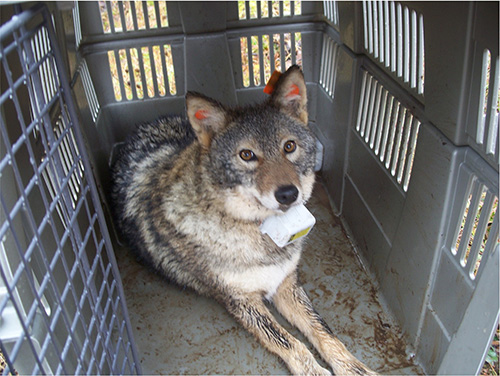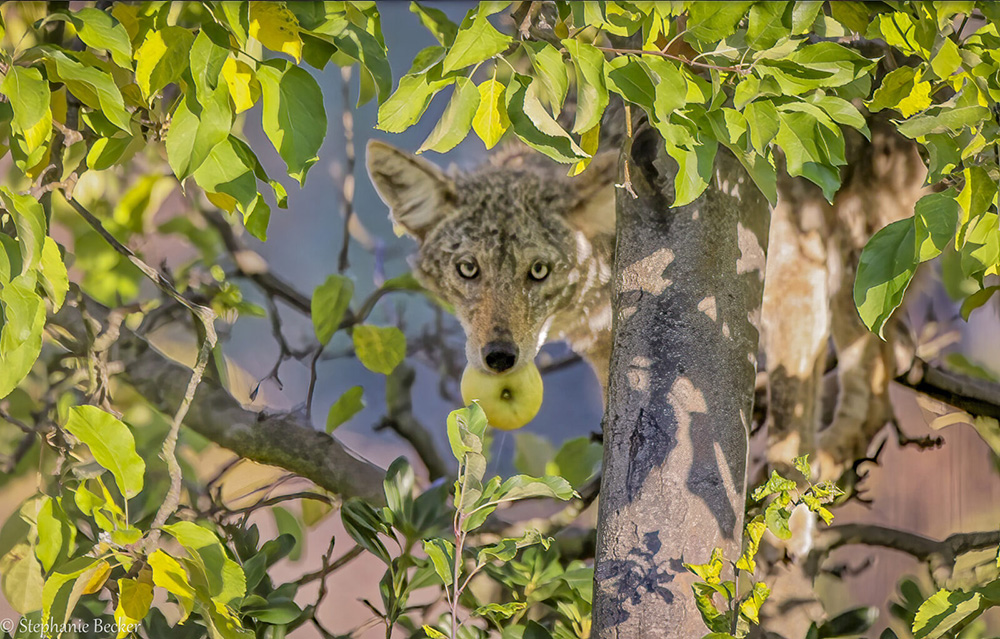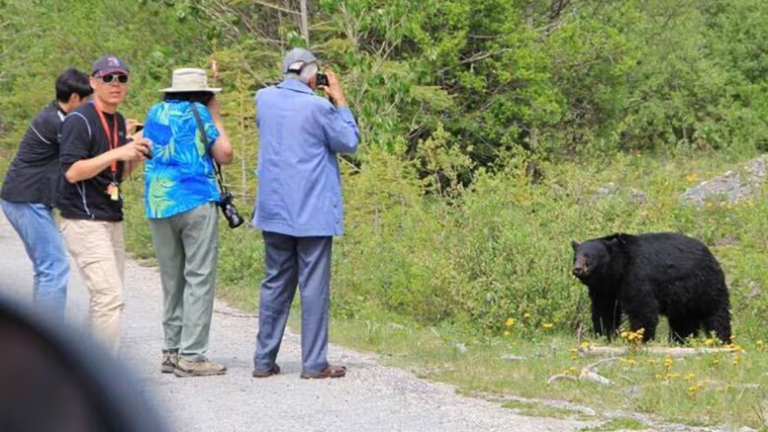On average, fewer than three people in Canada are attacked by coyotes yearly.

The only known fatal coyote attack confirmed in Canada happened in 2009.
The victim of the attack was 19-year-old Taylor Mitchell, a singer-songwriter from Toronto who was on a solo hike through Cape Breton National Park in Nova Scotia.
Many factors contributed to the attack, including the national park’s coyotes being driven to attack larger prey.
A coyote’s diet consists of small mammals like squirrels, mice, snowshoe hares, and juvenile deer. However, these animals were in short supply due to extreme “environmental conditions.”
Heavy snowfall, high winds, and extreme temperatures created conditions where small mammals could not survive.
No prey meant no food.

To survive, the coyotes in the national park had to set their sights on larger prey, including moose.
The coyotes were attacking, killing, and eating moose for months before attacking Mitchell.
In the national park, moose, weighing around 1,000 pounds, comprised almost 80 percent of the coyotes’ diet.
“These coyotes are doing what coyotes do, which is, when their first or second choice of prey isn’t available, they’re going to explore and experiment, and change their search range. They’re adaptable, and that is the key to their success,” said Stanley Gehrt, a professor and Wildlife Extension Specialist at The Ohio State University.
Capable of hunting moose, the coyotes also started to see humans as prey. But it’s important to remember that fatal attacks are incredibly rare.
Only two fatal coyote attacks on humans have been confirmed in North America, including Mitchell’s attack.
Forced To Adapt
Extreme weather events caused by warming global temperatures displace wildlife and destroy their natural habitats.
Our province’s record-breaking wildfire season destroyed the homes of many wildlife species, pushing animals towards urban areas like cities in search of a new home.
In addition to extreme weather events, human development destroys animal habitats and causes wildlife to move elsewhere.

But coyotes are a special case. Due to their impressive adaptability, coyotes have a knack for city living, unlike other animals.
As human development bleeds into coyotes’ natural habitats, the animals have learned to thrive in urban environments.
“It has come to a point where the coyote survival rate is actually twice as good in the city than in the country, where they are hunted and trapped,” said Gehrt.
Between decks and culverts, there is plenty of shelter for coyotes in cities. Urban coyotes also take advantage of human food sources, like garbage, which makes up to 30 percent of their diet.
“Coyotes will lose their fear of people if they start associating people with access to food such as garbage, small pets or livestock, or outdoor pet food,” Kathleen Kerwin, a program associate at the Wildlife Conservation and Management Program, told Live Science.
It makes sense that coyotes would prefer to live near cities where they have a better chance of survival.
On the other hand, the increased presence of coyotes puts people, pets, and children at risk. What’s the solution?
A Part To Play
A recent coyote encounter in Calgary has sparked concerns about the animals.
Tanya Barkley and her dog were chased by a coyote around 4:30 AM in the city’s northwest.
Barkley calls for the city to take action, but what does “action” look like?

Traditional control methods for removing coyotes include trapping, euthanasia, leg snaring, poisoning, and shooting.
However, these methods risk public health and safety in a city setting. Coyotes are also clever and quickly learn to avoid traps and snares.
Previous attempts to remove coyotes from North American cities have proven fruitless. Believe it or not, killing coyotes can lead to more, not fewer.
Killing coyotes disrupts their social structure. In a pack, only the dominant pair usually reproduces.
But when one or both members of the dominant pair are killed, the pack breaks up, members disperse, find mates, and breed, meaning more coyotes.

The best way to remove coyotes from a city is to make the area unattractive to the animals.
Almost one-third of coyote attacks on people happened in areas where coyotes were being fed either intentionally or unintentionally.
Keeping food out of reach of coyotes goes a long way toward protecting your pets, children, neighbours, and yourself.
Other methods include fencing off your backyard, installing motion sensor lights, and removing anything from your backyard that attracts small animals that coyotes prey on.
If you encounter a coyote, make the experience as unpleasant for the animal as possible by being loud, waving your arms, and thrusting long objects at the animal to scare it away.
Human activity is a big reason for the growing number of urban coyotes. While we are part of the problem, we can also be part of the solution.
These animals don’t deserve to be indiscriminately slaughtered for trying to survive.







